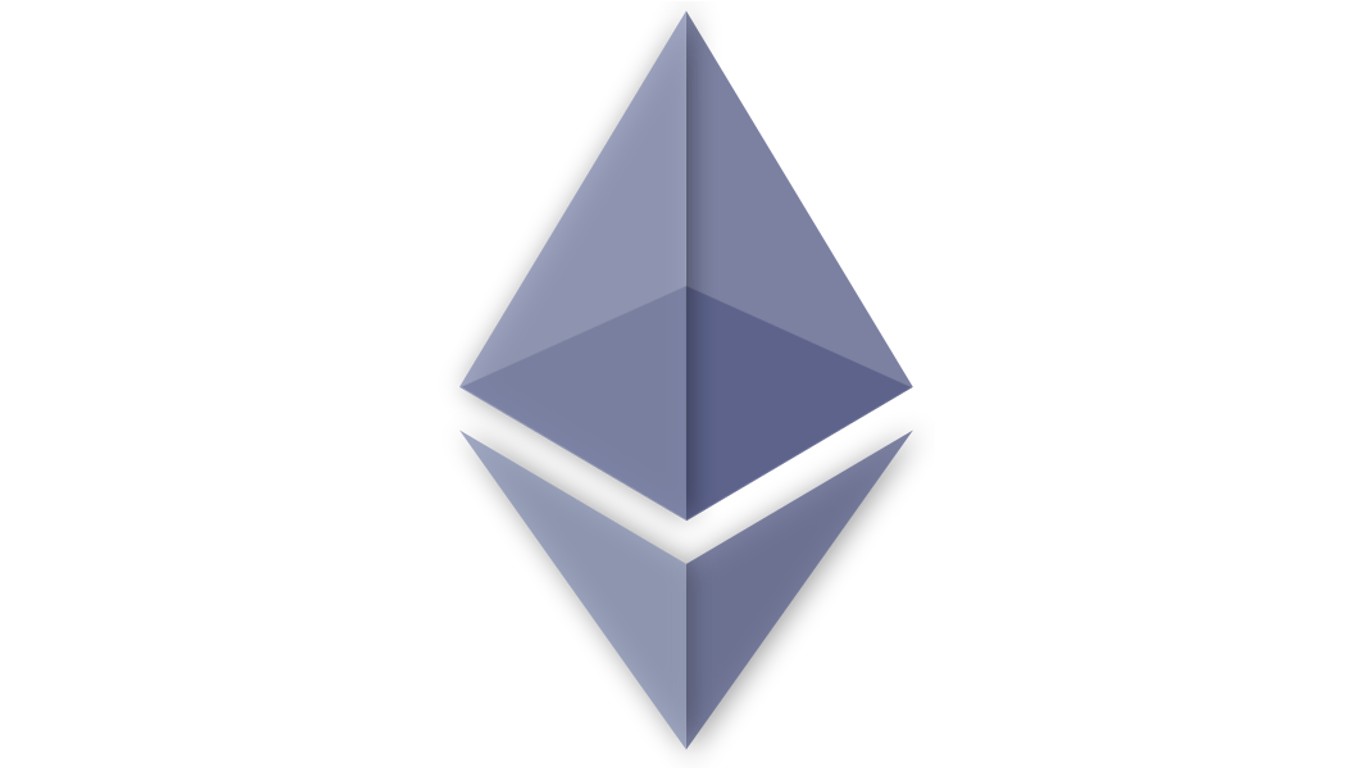Investing
Ordinals on Ethereum? 30,000 Ethscriptions Minted in 18 Hours

Published:
Last Updated:

On Saturday, developer Tom Lehman launched the Ethscriptions protocol. Co-founder of the NFT platform for experimental NFTs, Capsule 21, Lehman (Middlemarch), described the launch as a “huge success.”
Within less than 18 hours, he reported nearly 30,000 Ethscriptions making their new home on the Ethereum blockchain.
As its name implies, the Ethscriptions protocol allows for embedding fully on-chain arbitrary data on the network. Presently, the protocol enables users to “ethscribe” images only at ~90KB size, but it doesn’t discriminate against other data types, such as text.
The protocol is still a work in progress. Lehman warned users that Ethscribing the same content as others, at greater frequency, means that “you face more risk.”
Users who create non-fungible tokens (NFTs) convert a digital file, such as an image, into a new block. This gives them proof of ownership and provenance. This minting process grants asset provenance so NFTs can be uniquely sourced and traded, making them valuable.
Conversely, Ethereum’s smart contract, such as ERC-721, mints the new token, by defining its properties (metadata) and linking the file’s metadata. For instance, an audiobook would have different metadata than an ebook. But in both cases, the smart contract would point to an external source that stores the NFT file – the content itself.
This is what happens with the vast majority of NFTs. Otherwise, the burden of storing actual files would congest Ethereum and send the network’s gas fees through the roof. Ethscriptions come into play as ‘legitimate’ NFT minting, wherein the entire asset is blockchain-hosted.
Instead of using Ethereum’s contract storage, Ethscriptions take advantage of “calldata”. As Ethereum’s engine, Ethereum Virtual Machine (EVM) runs calldata as encoded parameters sent to functions, i.e., smart contracts.
Each calldata piece is 32 bytes long, or 64 characters. EVM codes and decodes this calldata. Specifically, whenever a user interacts with Ethereum via a wallet, they use URI data, standing for Uniform Resource Identifier.
This means that all Ethereum transactions, if successful, create Ethscriptions by default. The new protocol reinterprets the existing calldata, by converting data URI to hex format, typically with a tool like hexhero.
When URI data is so converted, users can send a 0 ETH transaction to the person they want to own the Ethscription, with the hex data. Ultimately, this code reshuffling creates a new non-fungible asset class without relying on centralized storage solutions. On the downside, this limits their file size to only ~90KB.
When Casey Rodarmor launched Bitcoin inscriptions in January, the Ordinals protocol reinterpreted Bitcoin’s Unspent Transaction Outputs (UTXO) into a new asset class. One that is fully on-chain, which couldn’t have been said of NFTs.
This was a big deal because many NFTs are stored on centralized platforms. This can even include their metadata. Therefore, if that data is lost, the NFT itself becomes undiscoverable by NFT trading platforms like OpenSea.
Although this could be mitigated with decentralized storage protocols like InterPlanetary File System (IPFS), why not use decentralized blockchains?
Now, Bitcoin and Ethereum have such on-chain solutions for arbitrary data, which are secured by miners/validators on the same level as a successfully completed transaction.
This article originally appeared on The Tokenist
Credit card companies are at war, handing out free rewards and benefits to win the best customers. A good cash back card can be worth thousands of dollars a year in free money, not to mention other perks like travel, insurance, and access to fancy lounges. Our top pick today has pays up to 5% cash back, a $200 bonus on top, and $0 annual fee. Click here to apply before they stop offering rewards this generous.
Flywheel Publishing has partnered with CardRatings for our coverage of credit card products. Flywheel Publishing and CardRatings may receive a commission from card issuers.
Thank you for reading! Have some feedback for us?
Contact the 24/7 Wall St. editorial team.